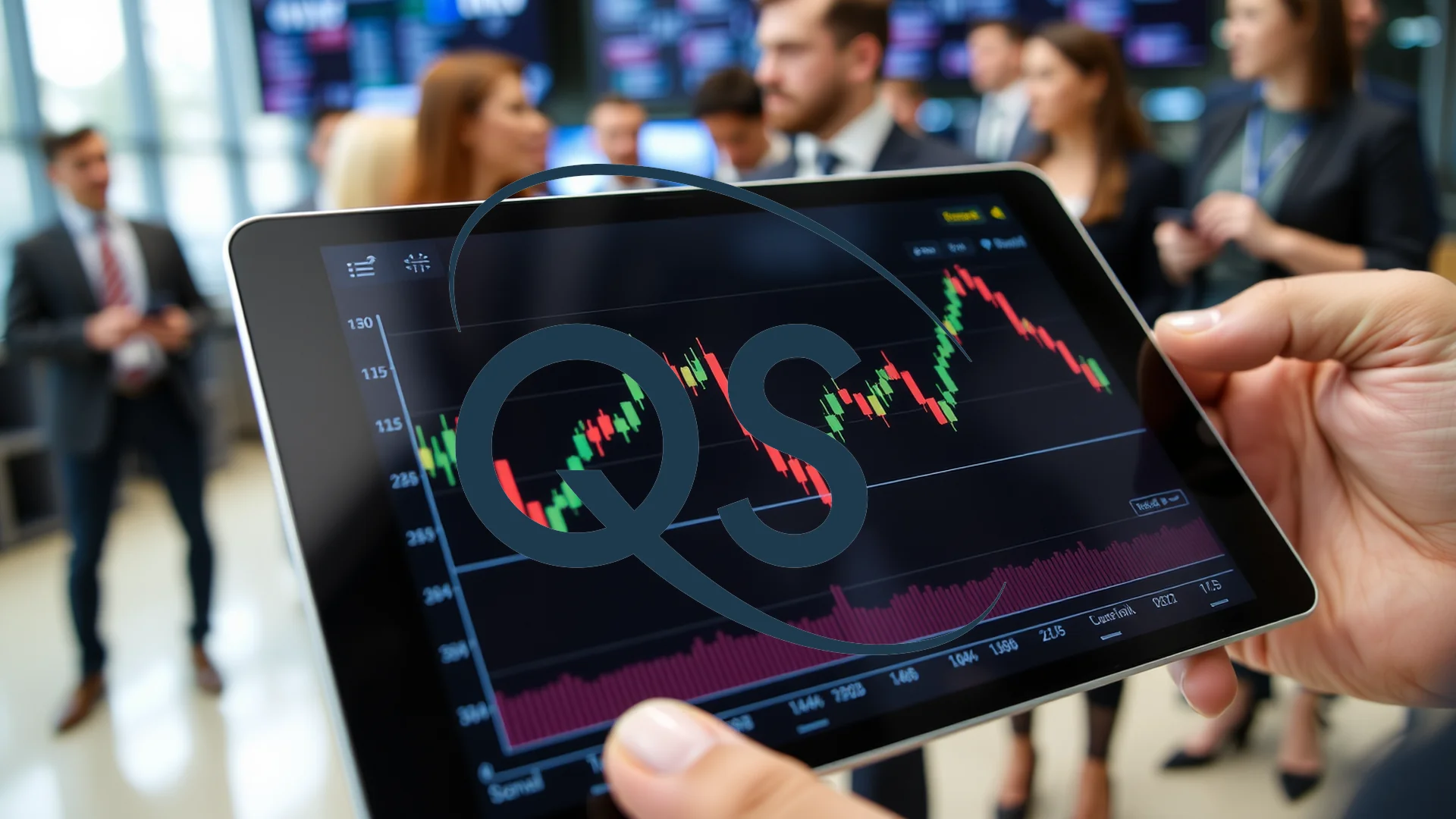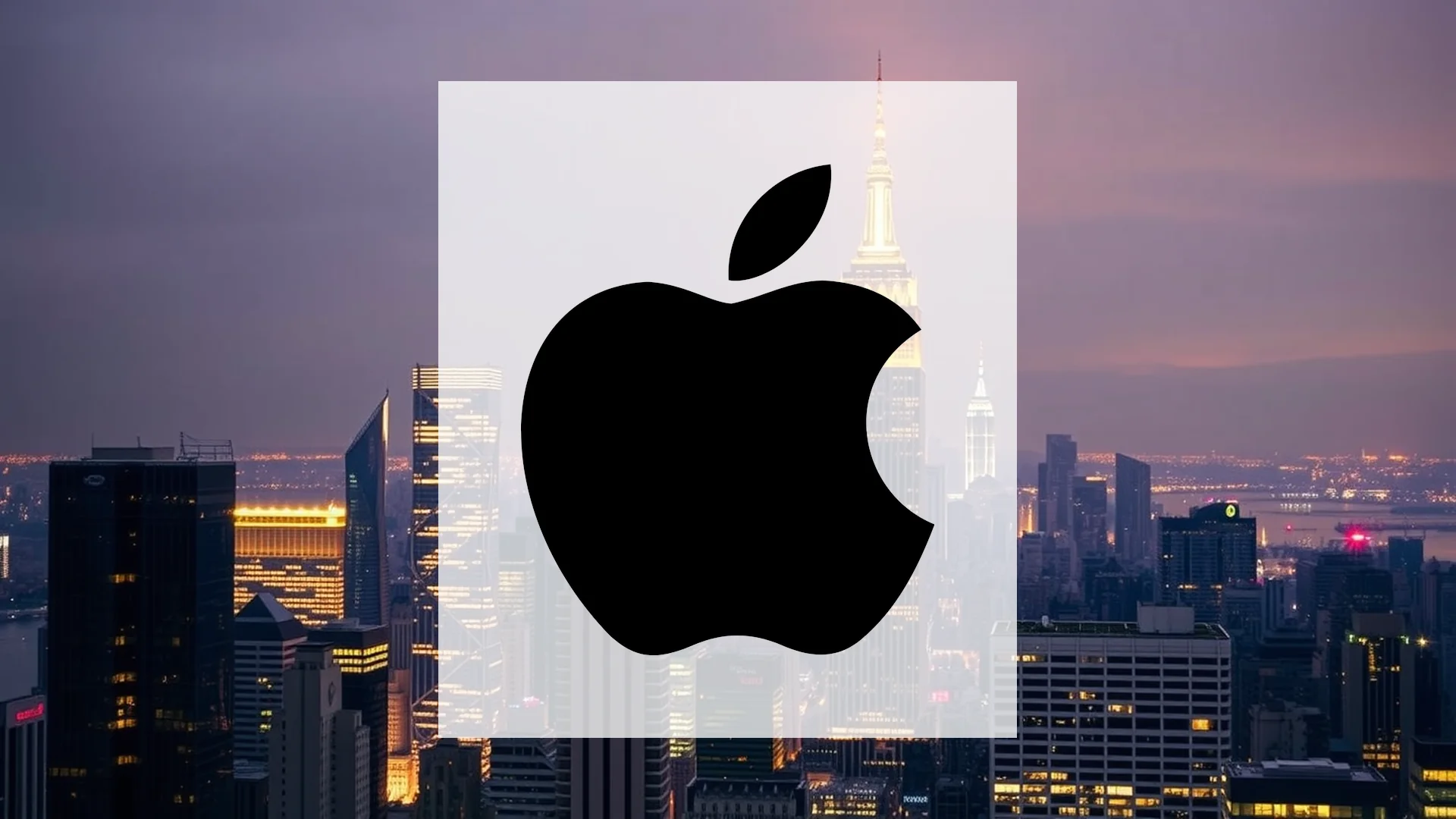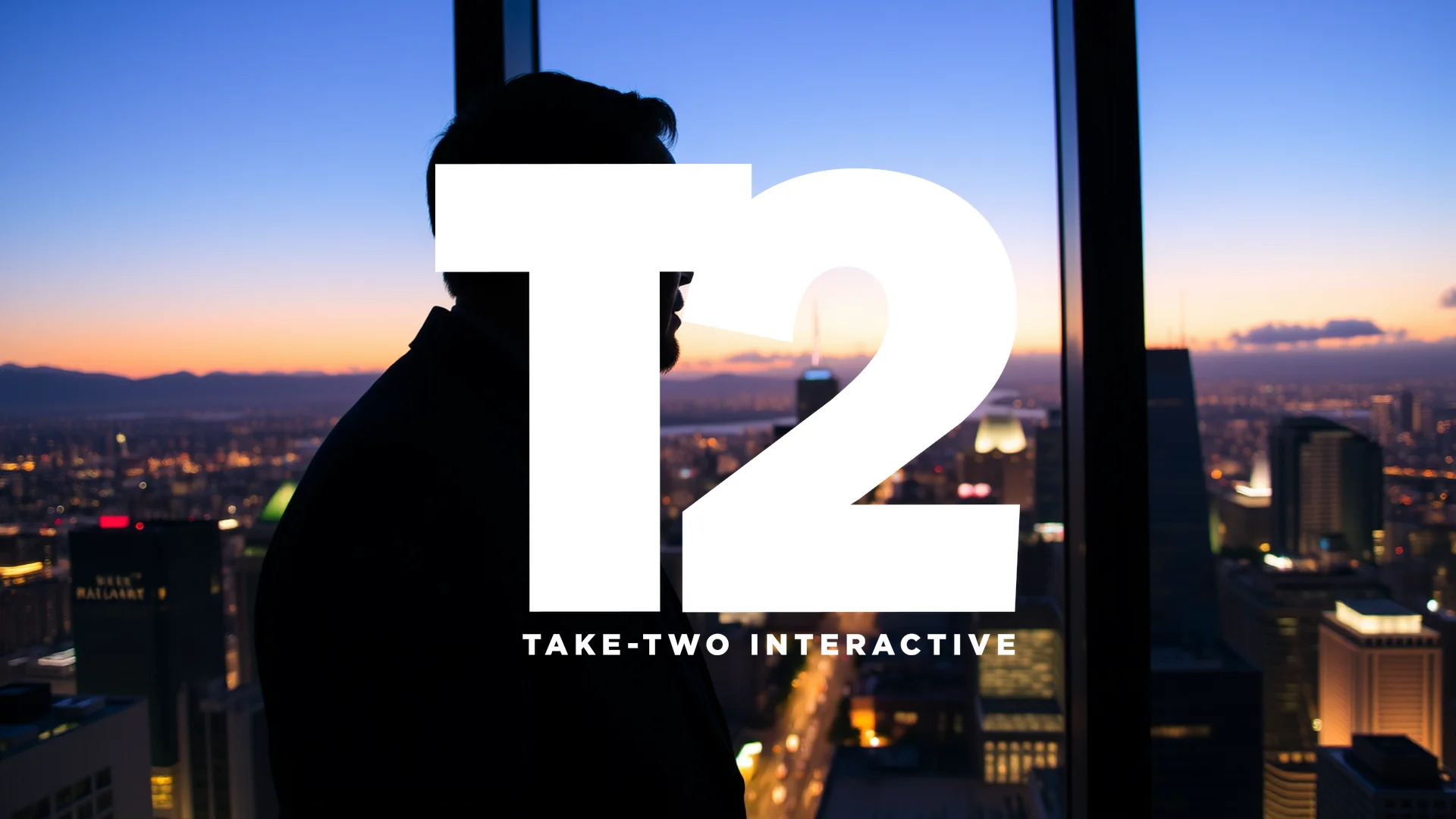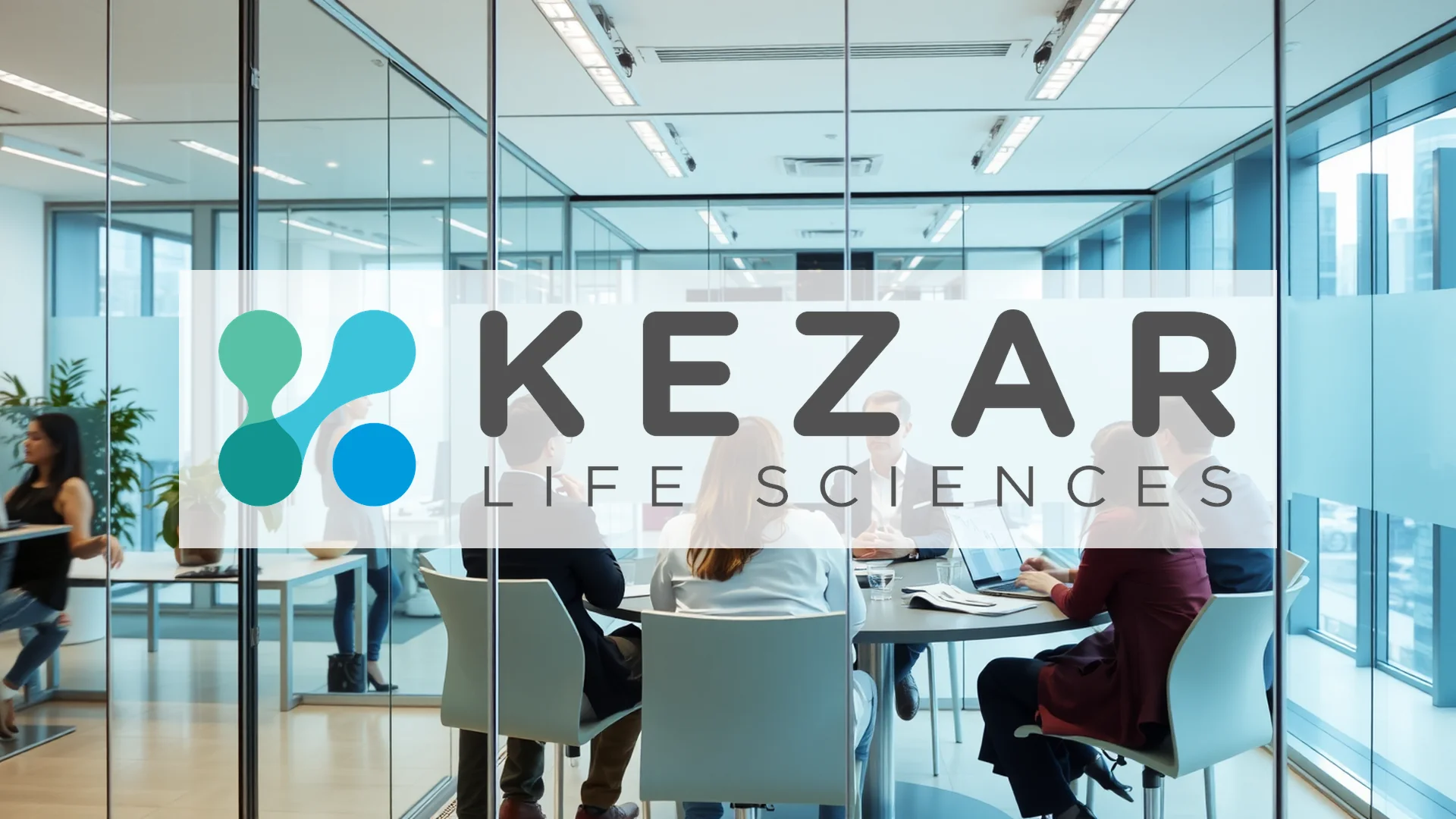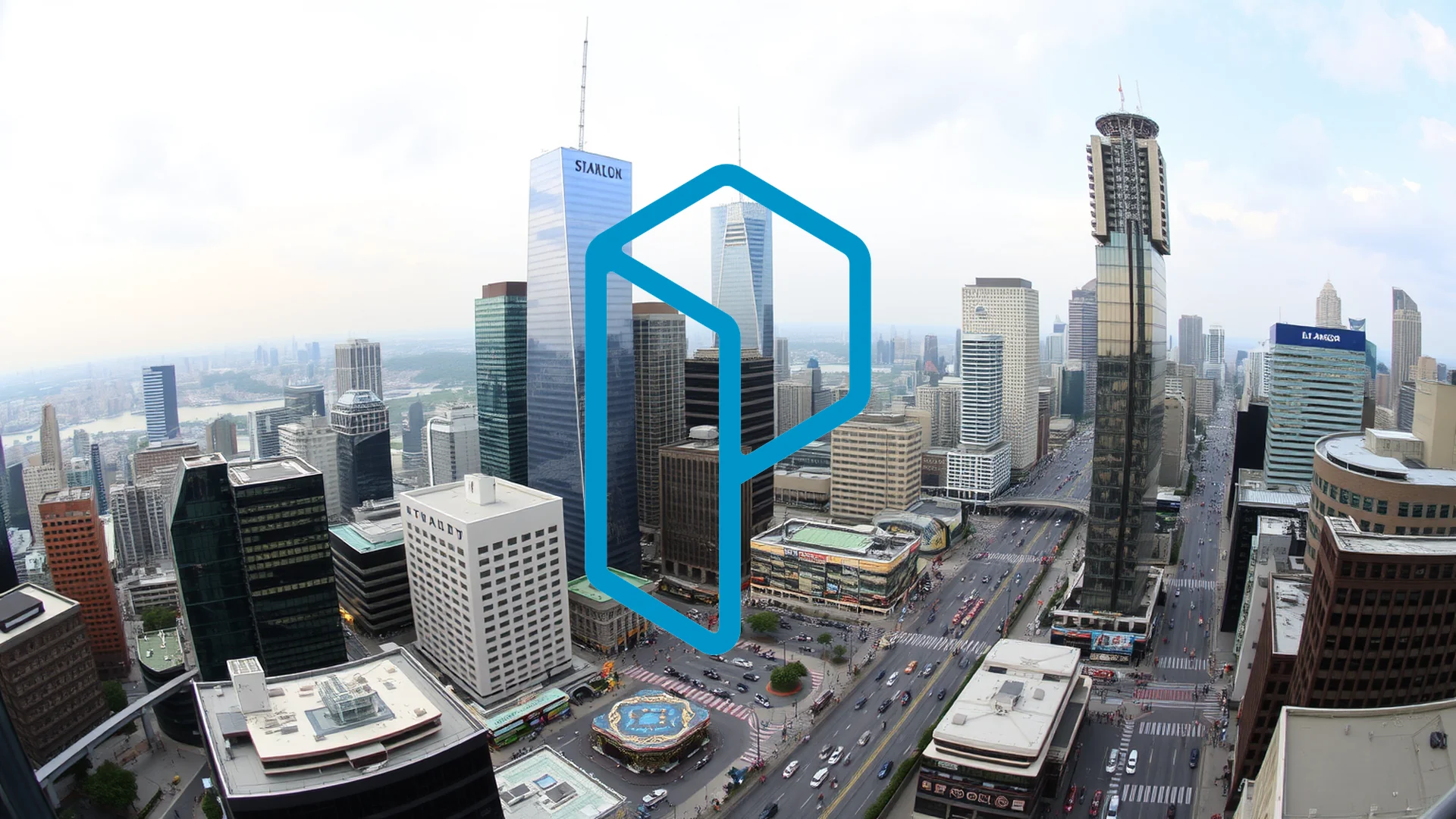In an investment landscape captivated by technological transformation, market participants are perpetually searching for the next frontier of expansion. Two companies operating at the vanguard of their respective fields are Senseonics, a trailblazer in implantable medical devices, and CrowdStrike, a powerhouse in cloud-native cybersecurity. While their domains are distinct—one safeguards human health, the other defends digital infrastructure—both offer compelling insights into the future. This data-driven analysis examines their strategic positioning within massive macro trends, their innovation pipelines, growth trajectories, and valuation metrics to delineate their contrasting investment profiles.
Strategic Positioning: Healthcare Meets Digital Defense
Senseonics is carving out a niche within the HealthTech megatrend, specifically targeting the rapidly expanding continuous glucose monitoring (CGM) market for diabetes management. Demand is being propelled by the need for less invasive and more convenient long-term solutions. The company’s crucial differentiator is the Eversense CGM system—the first and only long-term implantable sensor designed for use up to 365 days. This unique proposition sets it apart from competitors offering shorter-duration, non-implantable sensors. Currently in its commercial growth phase, the company is focused on expanding its patient base, which is projected to nearly double in 2025. Full-year 2025 revenue is forecast to land between $34 million and $38 million.
CrowdStrike is a dominant force in the cybersecurity megatrend, a sector energized by the escalating frequency and sophistication of digital threats. The company operates in the critical endpoint security market, which boasts a vast total addressable market spanning from Fortune 500 companies down to small and medium-sized businesses. Its cloud-native Falcon platform leverages artificial intelligence and a massive threat intelligence database, the “Threat Graph,” to create powerful network effects: the more data processed, the more intelligent and effective the protection becomes. This scalable Software-as-a-Service (SaaS) model, with 93 percent of revenue derived from subscriptions, has cemented CrowdStrike’s status as a market leader serving a diverse global clientele across financial, healthcare, and government sectors.
Innovation and Financial Health: A Study in Contrasts
The engine of growth for both firms is innovation, but their financial outcomes diverge significantly.
Senseonics directs its research and development efforts toward its groundbreaking implantable sensor technology. Its product pipeline includes the development of next-generation systems: “Gemini,” a self-powered, optionally wearable sensor, and “Freedom,” a completely invisible CGM system, both aiming to enhance patient comfort and competitive standing. However, the company faces substantial profitability challenges, evidenced by a negative operating margin of -210.54 percent, indicating that substantial R&D investments have not yet translated into bottom-line profits. A recent strategic development saw competitor Abbott Laboratories acquire a 4.99 percent stake in the company—a move that could be interpreted as a validation of its core technology.
CrowdStrike’s innovative edge is rooted in software, data, and AI. The Falcon platform is a testament to massive R&D investments focused on refining AI-powered threat detection and expanding its module suite. The company actively tracks over 250 digital adversaries and utilizes its cloud-scaled AI to make millions of security decisions every minute. This continuous cycle of innovation allows CrowdStrike to stay ahead of emerging threats like zero-day exploits and ransomware. In stark contrast to Senseonics, CrowdStrike’s business model has proven its cash-generating ability, boasting an impressive free cash flow margin averaging 23.8 percent over the past year.
Growth Trajectories: Early Commercialization Versus Scaled Hypergrowth
The growth narratives of these two innovators are markedly different, reflecting their respective stages of maturity.
Senseonics is in the early stages of its commercial growth journey. For the second quarter of 2025, the company reported a significant 79 percent year-over-year increase in new U.S. patient starts, driving a quarterly revenue surge of 37 percent to $6.6 million. Its growth strategy is built on direct-to-consumer advertising and expanded Medicare reimbursement, which has opened access to a larger patient demographic. A pivotal strategic shift is underway: Senseonics is reclaiming direct worldwide commercialization and distribution from its partner Ascensia. This move is projected to boost gross margins to a target of 50 percent in 2026, scaling to over 70 percent thereafter.
Should investors sell immediately? Or is it worth buying Senseonics?
CrowdStrike exemplifies hypergrowth on a massive scale. Over the last three years, the company has achieved an average annual revenue growth rate of 33.3 percent. In its most recent reported quarter (Q2 2025), revenue climbed 21.3 percent year-over-year to $1.17 billion. A key driver of this performance is its “land-and-expand” business model, where customers initially subscribe to a few modules and subsequently add more over time, thereby increasing the average revenue per customer. This model, combined with high customer retention rates, generates a powerful and predictable stream of recurring revenue—a hallmark of successful SaaS enterprises.
Valuation and Competitive Moats
Valuing growth-oriented, theme-driven companies requires looking beyond traditional metrics, especially when one is not yet profitable.
Senseonics, with a market capitalization of approximately $259.45 million, is valued primarily on its future potential and the disruptive nature of its technology. Traditional metrics like the P/E ratio are negative (-3.71) due to a lack of profitability. Investors are effectively paying a premium for the prospect that the company can capture a meaningful share of the CGM market with its unique long-term implant. Its price-to-sales ratio stands at 8.53. The stock has experienced high volatility, with a 52-week range between $5.00 and $28.00.
CrowdStrike commands a significant valuation premium, with a market cap of roughly $139.9 billion, reflecting its market leadership, rapid growth, and robust financial performance. While its trailing P/E ratio is also negative, its forward P/E ratio is a lofty 146.59, signaling market expectations of future profitability. The company’s valuation is better contextualized by its growth profile—a key principle of the “Rule of 40” for SaaS companies (where the revenue growth rate plus profit margin should exceed 40). Its impressive revenue expansion and strong free cash flow margin justify a higher valuation multiple for many growth-focused investors.
Assessing the Defensive Moats
A durable competitive advantage, or “moat,” is critical for long-term success in the technology sector.
Senseonics’ primary defense is its intellectual property and the unique nature of its long-term implantable sensor. This provides a clear point of differentiation against dominant market players focused on shorter-term, externally worn devices. However, the medical device market is intensely competitive and subject to rapid technological advancement. Senseonics’ path to broader adoption depends on convincing both patients and healthcare providers of its system’s superiority while overcoming the procedural hurdle of implantation. The recent move to internalize commercialization is a strategic bet on its ability to control its own destiny and accelerate market penetration.
CrowdStrike’s moat is built on the network effects of its cloud-native platform and its massive data advantage. The Threat Graph becomes more effective with every new customer and analyzed threat, creating a positive feedback loop that is difficult for competitors to replicate. Its lightweight agent and AI-driven approach provide a distinct advantage over legacy, signature-based antivirus solutions. Although the cybersecurity landscape is fiercely contested and includes giants like Microsoft and Palo Alto Networks, CrowdStrike’s singular focus on cloud-native endpoint security and its strong brand reputation have solidified its leadership position.
Final Analysis: Divergent Paths, Distinct Opportunities
Senseonics and CrowdStrike represent two fundamentally different investment propositions. Senseonics offers a high-risk, high-reward bet on a disruptive medical technology still in its early commercialization phase. In contrast, CrowdStrike presents an established, profit-generating hypergrowth model within the booming cybersecurity sector. The choice between them hinges on an investor’s individual risk tolerance and time horizon. Yet, both companies are positioned as key players within the defining technological megatrends of our era.
Ad
Senseonics Stock: Buy or Sell?! New Senseonics Analysis from December 26 delivers the answer:
The latest Senseonics figures speak for themselves: Urgent action needed for Senseonics investors. Is it worth buying or should you sell? Find out what to do now in the current free analysis from December 26.
Senseonics: Buy or sell? Read more here...



